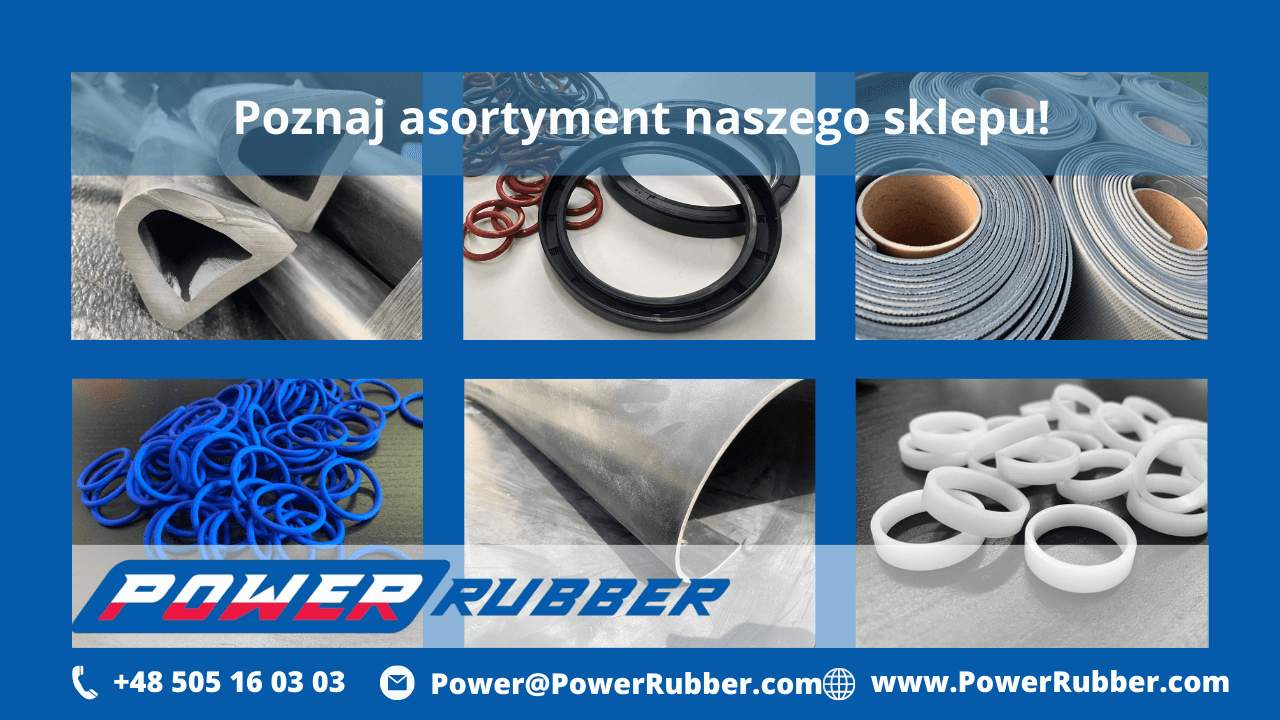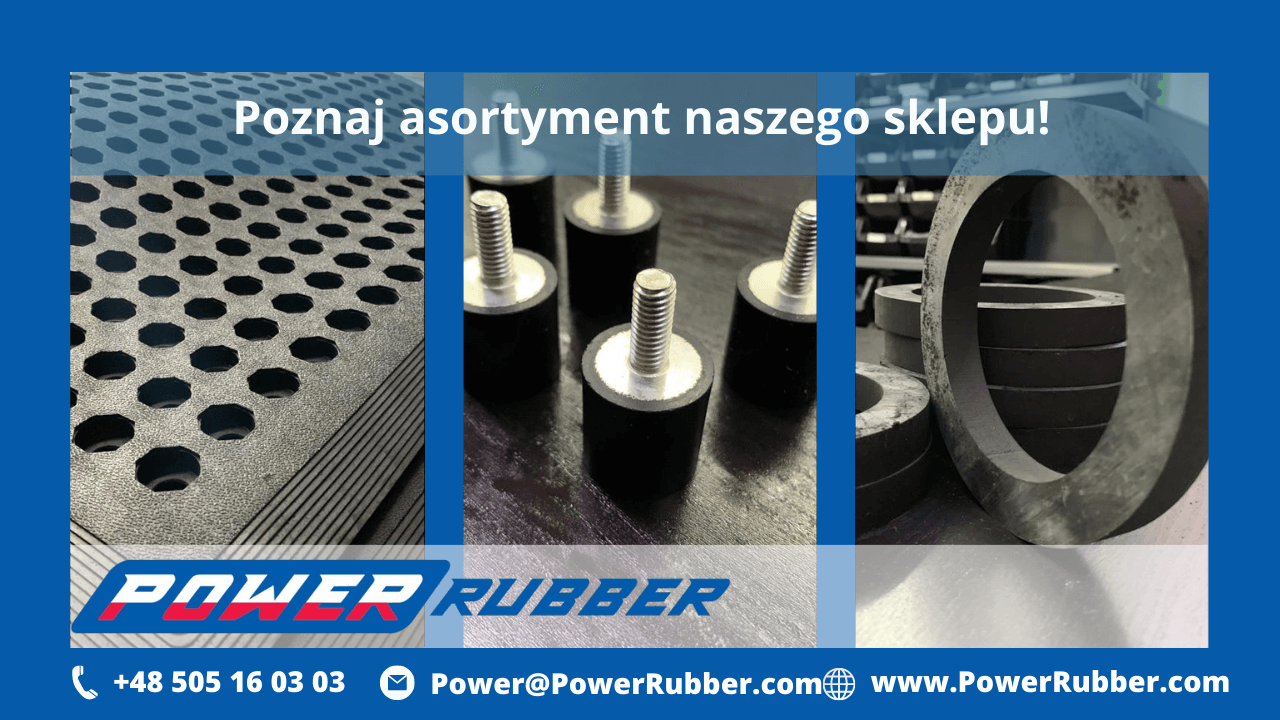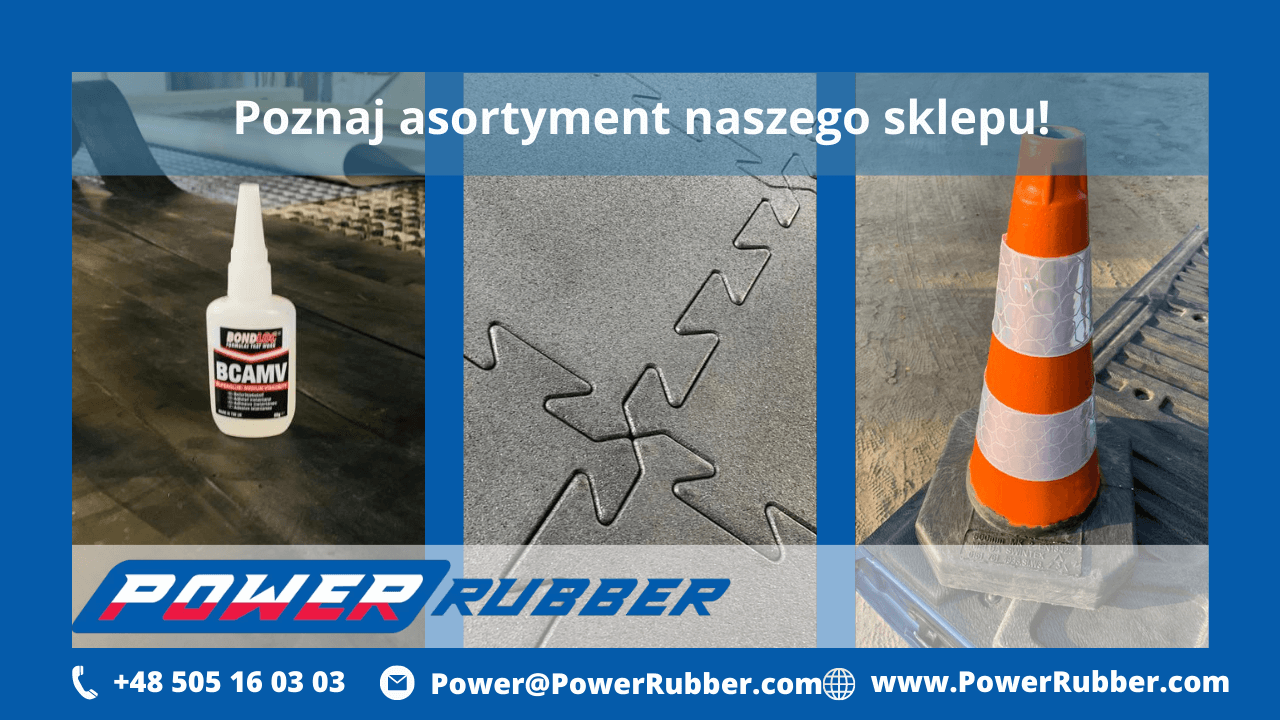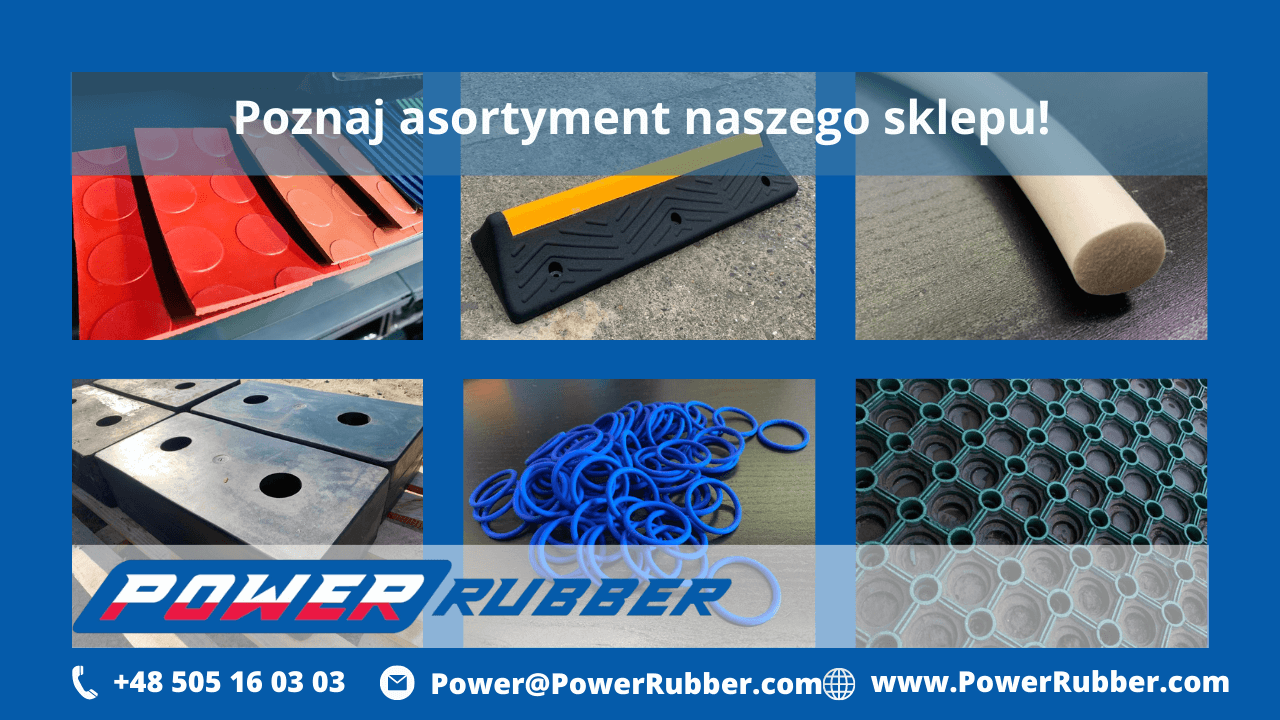Co-extrusion
Co-extrusion is a manufacturing process where two or more materials are combined into a single extruded part. This extrusion technique enables the integration of both rigid and flexible materials in one component, offering versatile functionality and performance.
How Does Co-Extrusion Work?
The co-extrusion method involves joining several different materials into one homogeneous structure. This process requires the use of two or more raw materials to form a specific part.
During production, materials such as rubber and plastic are extruded simultaneously. Each material is initially processed through its own feed system and die. Later, they are guided into a single extrusion die, where they are fused into one continuous structure before cooling. The final bonding occurs during vulcanisation, ensuring a permanent connection between the materials.
A major advantage of co-extrusion is the ability to combine different types of rubber, as well as both stiff and flexible thermoplastics. This allows the creation of products with diverse functional requirements, including durability, flexibility, chemical resistance, wear resistance, waterproofing, and more.
Extruding multiple layers at once enables variations in material type, colour, or texture—within one profile.
Material Selection and Design Flexibility
The choice of materials depends on the intended use and environmental conditions. Components produced through co-extrusion can be customised for enhanced mechanical properties, improved performance in specific conditions, recyclability, or added colourants and additives.
The Co-Extrusion Process – Step by Step
Here is a simplified breakdown of the co-extrusion process:
-
Preparation of raw materials (including colourants, additives, UV stabilisers)
-
Feeding and combining different materials
-
Heating and melting of the homogeneous mixture
-
Extruding through a single shared die
-
Vulcanisation (curing and hardening of the material)
-
Cooling of the extruded profile
-
Final product ready for use with desired physical properties
Co-Extrusion vs. Traditional Extrusion
Extrusion is a standard process for producing continuous profile products. In this process, raw material is continuously fed into a rotating screw, melted, and forced through a die to create a consistent shape. It's widely used for manufacturing window and door seals, rubber profiles, floor coverings, and plastic films.
Co-extrusion differs by using multiple materials in a single process, allowing the formation of layered or encapsulated parts. Each material retains its individual properties but is bonded into a unified product. High adhesion between materials is critical for success. Co-extrusion is frequently used for manufacturing composite decking boards, LDPE films, and multilayer profiles.
Both methods—extrusion and co-extrusion—are utilised in producing composite boards. The performance and durability of such boards vary depending on the production method, making it essential to understand the material composition before purchasing.
Using high-quality raw materials is vital in either process. Inferior materials may deteriorate under environmental stress, reducing the product’s quality and aesthetic appeal.
Advantages of Co-Extrusion
The key benefit of co-extrusion lies in its ability to produce a finished product with varied characteristics and targeted functionality. Additional advantages include:
-
Unique properties through material combinations
-
Each layer retains its functional attributes (e.g., rigidity, elasticity)
-
Multi-layer manufacturing in a single extrusion process
-
Efficient production of high-performance components
-
Use of cost-effective filler materials for savings
-
Economic and ecological benefits with recycled content
-
Reduced process steps and shorter production times
-
Compatibility with all thermoplastic materials
-
Strong, permanent bonding between layers
-
Ability to incorporate different colours, finishes, and textures
-
Minimised material waste due to precise extrusion
Applications of Co-Extrusion
Thanks to its flexibility, co-extrusion is widely used across various industries. Its ability to process multiple thermoplastics simultaneously makes it ideal for the production of:
-
Medical tubing
-
Technical profiles
-
Sheets and panels
-
Cladding
-
Gaskets and seals
-
Hinges
-
Food-grade packaging
-
Colour-coded stripes on pipes and cables
-
Composite decking boards (e.g. garden decking)
-
Multilayer co-extruded film
Contact Us
If you have any questions about co-extrusion or our manufacturing capabilities, feel free to contact us by phone:
+48 22 292 40 24 or +48 505 16 03 03
or by email: Power@PowerRubber.com






